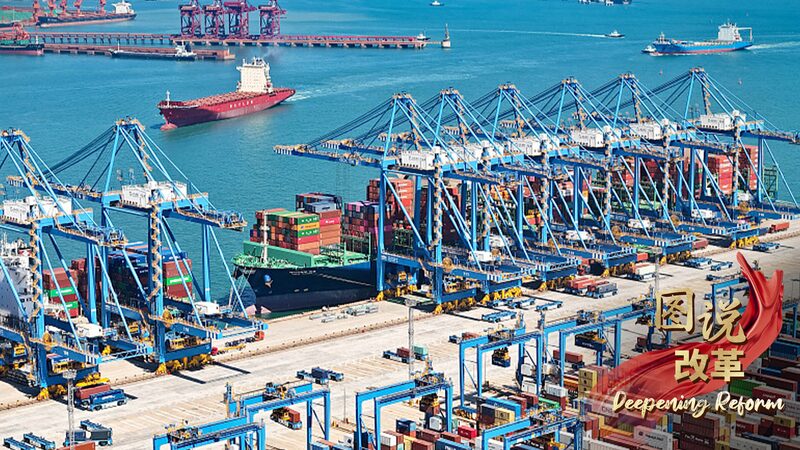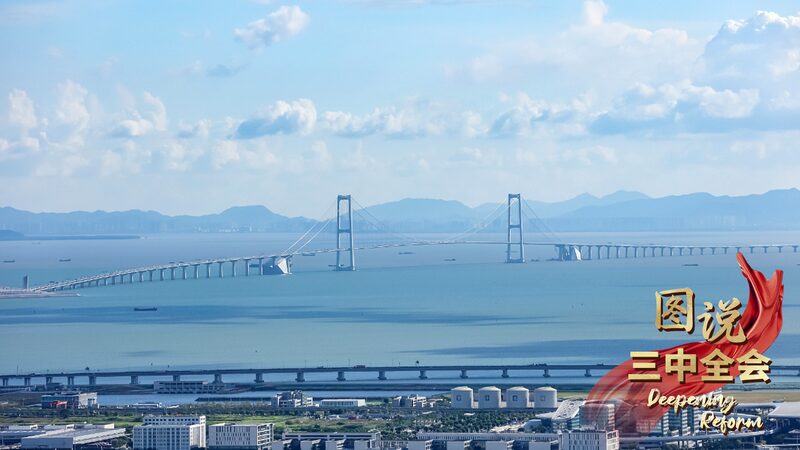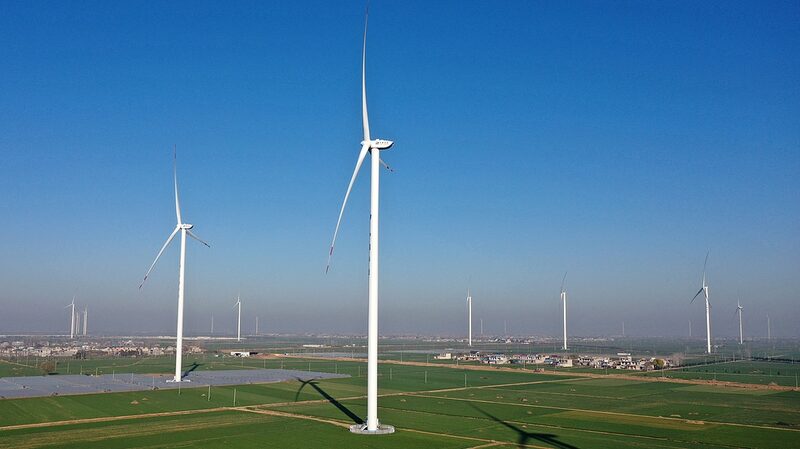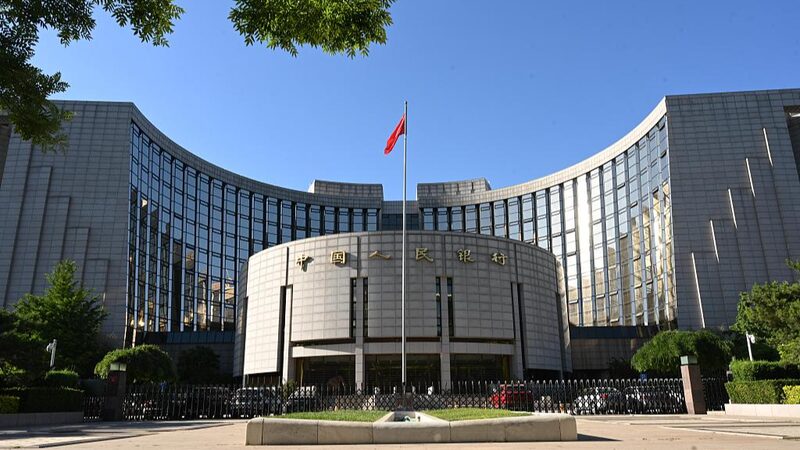Since 2013, the Chinese mainland has been on a roll with the establishment of 22 free-trade zones (FTZs), kicking off in the bustling city of Shanghai. These FTZs span from coastal hubs to central inland regions and even border provinces, acting as catalysts for China's high-quality reform and opening up. 🌟
Fast forward to the first two months of this year, and the numbers speak for themselves. The total volume of foreign trade within these 22 FTZs surged by 11.7% year on year. But that's not all! FTZs in Guangdong, Jiangsu, Sichuan, and Hebei provinces saw explosive growth rates exceeding 30%, while Hainan Province enjoyed a robust increase of over 20%. These impressive figures highlight the pivotal role FTZs play in driving China's economic momentum, according to data from the General Administration of Customs. 📈
But what's fueling this growth? In late March, China introduced both a national and a pilot FTZ version of the negative list for cross-border trade in services. The national version includes 71 items, marking the first time China has established such a list at the national level. Meanwhile, the pilot FTZ version covers 68 items across various sectors like occupational qualifications, professional services, finance, and culture. These measures are designed to harmonize China with international economic and trade standards, further boosting institutional openness and making it easier for global businesses to collaborate within these zones. 🌐
As China continues to refine and expand its FTZs, the future looks bright for both local and international investors. These zones not only enhance trade efficiency but also foster a more dynamic and interconnected global economy. Stay tuned as China's FTZs continue to set the pace for high-quality economic reforms and international collaboration! ✨
Reference(s):
FTZs set pace for China's high-quality reform and opening up
cgtn.com







